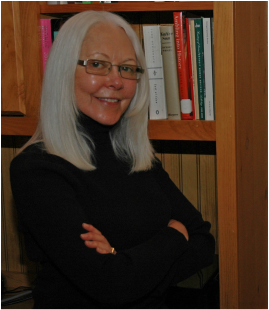
New York got walloped with about 10 inches of snow last week — which I love. It forces the city that never sleeps to slow down. School closes, so some parents take sledding and snowman time, deliveries might not arrive, businesses might not open. It gets quiet. Or at least quieter.
Meanwhile, my University of Michigan colleague who we knew as Nancy Ross-Flanigan, has retired to northern Michigan. That, friends, is quiet in the winter. On her lovely blog, HeartWood, Nan Sanders Pokerwinski explored what Michigan winters mean for her and the tension between hunkering down and venturing out into it.
When we moved to West Michigan, I envisioned spending the whole stretch of days from December through February cozied up indoors, reading stacks of books, writing, cooking comforting meals, and emerging only to restock the necessary supplies.
 I wondered if I’d get bored, but I’ve found I look forward to winter’s inward-focused, slower pace as a time to catch up on projects, both practical and creative.
I wondered if I’d get bored, but I’ve found I look forward to winter’s inward-focused, slower pace as a time to catch up on projects, both practical and creative.
I can go days — a week or more, even — without leaving the house and not feel the least bit restless.

But here’s the problem: interesting things keep going on all winter long in the world outside my cocoon. There are concerts, classes, meetings, lectures, card games, art exhibits, hikes (yes, even in winter, if the weather’s not too extreme) — a surprising number of goings-on beckoning me to bundle up and get out.
So I weigh the options. Stay put and make progress on the projects I’ve been itching all summer and fall to get into or go out and enjoy stimulating activities and the company of friends?
There are good reasons to go.
Study after study has affirmed the health benefits of social activity — boosting brain health and bolstering immunity, for instance.
Plus, getting out revs creative engines.
As poet Richie Hofmann put it in a 2016 interview, “Sometimes It’s important for me to get outside of poetry, or outside of literature altogether. To listen to music, look at a painting or sculpture or installation, see a concert, attend a lecture on something strange but intriguing. These other arts not only provoke new subjects, but they might offer new ways of thinking formally as well.”

I remember hearing a radio interview with musician and songwriter Allen Toussaint in which he talked about driving around his home city of New Orleans for inspiration instead of sitting in a room and expecting his muse to find its way to that one place. Made sense!
Author Annie Dillard also is a big believer in pushing away from the desk and venturing into the world. In nonfiction essays, she has written about such experiences as witnessing a total eclipse and watching a skywriter making loops and barrel rolls and then riding with him. No amount of book research, telephone interviewing or imagination could have produced the memorable images and perspectives of those pieces.
Other writers who studied with Dillard learned the same habits. “She encouraged us to get out into the world, which explains at least one afternoon I spent playing video games with the owner of a local baseball-card store, in order to write a profile of him,” recalled Maggie Nelson in a 2016 article in Poets& Writers magazine.
Inspiration and verisimilitude weren’t Dillard’s only motivations. Service was another. She volunteered in a soup kitchen for 10 years and thought other writers might do well to follow suit.
 As she wrote in an email to writer John Freeman, cited in the same Poets& Writers profile, “Working in a soup kitchen is great for a writer or any artist. There are many unproductive days when you might hate yourself otherwise. You are eating the food, using the water, breathing the air — and NOT HELPING. But if you feed the hungry you can’t deny you’re doing something worth doing.”
As she wrote in an email to writer John Freeman, cited in the same Poets& Writers profile, “Working in a soup kitchen is great for a writer or any artist. There are many unproductive days when you might hate yourself otherwise. You are eating the food, using the water, breathing the air — and NOT HELPING. But if you feed the hungry you can’t deny you’re doing something worth doing.”
Author, filmmaker and social activist Toni Cade Bambara had a similar attitude toward community involvement, as poet Nikki Finney recounted in a 2015 article in The Writer’s Chronicle. Finney and Bambara were at a bus stop in Atlanta when a bus driver recognized Bambara as “the writer lady” and asked if she would help him and his wife fill out papers they needed to complete to buy a house. Finney expected Bambara to politely decline, but she said “Sure,” and told the man when to come over.
“I stepped back and said, ‘That’s what a writer is,’ ” Finney recalled. “A writer is somebody who sits at her desk and creates these worlds — beautiful, troubling, tough, real worlds. And then, when she gets up from her desk and she goes to the grocery store or the garden, somebody asks for help in a real way from her. And she says, ‘yes.’ That’s the writer I want to be. I want both those worlds.”
So many good reasons to leave home and enlarge one’s life. Yet there’s another side. Too much go-go-go and social interaction can be wearying, and for introspective types, stressful.
The need for solitude is a hallmark of introversion, I’ve learned, and I’ve also come to appreciate that introversion is no better or worse than extroversion. It’s simply a trait that deserves to be recognized and respected.
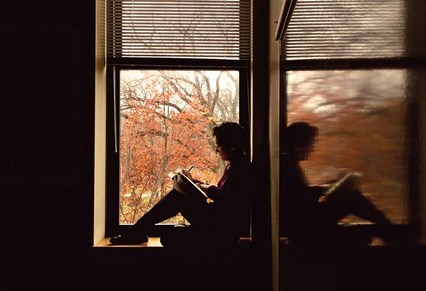
“There is absolutely nothing wrong with wanting your alone time to outweigh your social time,” writes Elizabeth Enochs in 5 Signs You’re Fighting Your Introverted Nature on the website Bustle. “Introverts genuinely need their alone time. Solitude is crucial for us, because while social interactions may energize our extroverted loved ones, they drain us introverts. So don’t feel guilty for loving your alone time so much that you occasionally turn down invites to go out. If you’re failing to give yourself the solitude you naturally require to recharge your batteries, know that this is not only unnecessary, it’s unhealthy.”
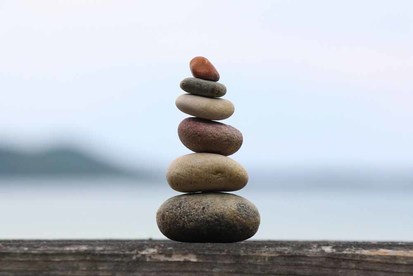
As with so many things in life, the key is striking the right balance. Whether you thrive on activity and a swirling social life or cherish seclusion, learn to recognize when you’ve had too much or too little of what you require, and tailor your activities accordingly.
Sophia Dembling, author of The Introvert’s Way: Living a Quiet Life in a Noisy World, put it this way in a 2013 Huffington Post article: “There’s a recovery point that seems to be correlated with how much interaction you’ve done. We all have our own private cycles.”
 Here’s how it’s working for me this week: Monday was full and sociable with group yoga practice and post-yoga breakfast at Hit the Road Joe Coffee Café in the morning and a writers’ group meeting in the evening. Yesterday was a stay-home day that I spent shoveling snow, practicing yoga and working on this blog post. Today, I’m planning another stay-in day for writing, cooking and watching a movie with Ray in the evening. Thursday, Friday and Saturday will be a mix of writing, home-based projects and socializing.
Here’s how it’s working for me this week: Monday was full and sociable with group yoga practice and post-yoga breakfast at Hit the Road Joe Coffee Café in the morning and a writers’ group meeting in the evening. Yesterday was a stay-home day that I spent shoveling snow, practicing yoga and working on this blog post. Today, I’m planning another stay-in day for writing, cooking and watching a movie with Ray in the evening. Thursday, Friday and Saturday will be a mix of writing, home-based projects and socializing.
For me, that feels like the right balance. What feels right for you?
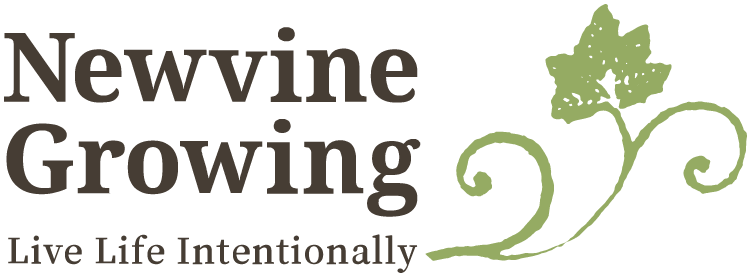
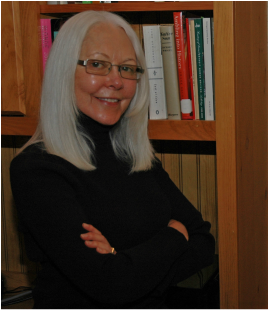
1 Comment
nansanpo
Thanks, Colleen!
From: Newvine Growing To: rossflan@ameritech.net Sent: Wednesday, February 15, 2017 5:48 AM Subject: [New post] On hunkering down in the winter — a guest post by Nan Sanders Pokerwinski #yiv5019625731 a:hover {color:red;}#yiv5019625731 a {text-decoration:none;color:#0088cc;}#yiv5019625731 a.yiv5019625731primaryactionlink:link, #yiv5019625731 a.yiv5019625731primaryactionlink:visited {background-color:#2585B2;color:#fff;}#yiv5019625731 a.yiv5019625731primaryactionlink:hover, #yiv5019625731 a.yiv5019625731primaryactionlink:active {background-color:#11729E;color:#fff;}#yiv5019625731 WordPress.com | Colleen Newvine Tebeau posted: ” New York got walloped with about 10 inches of snow last week — which I love. It forces the city that never sleeps to slow down. School closes, so some parents take some sledding and snowman time, deliveries might not arrive, businesses might not” | |
Leave a reply